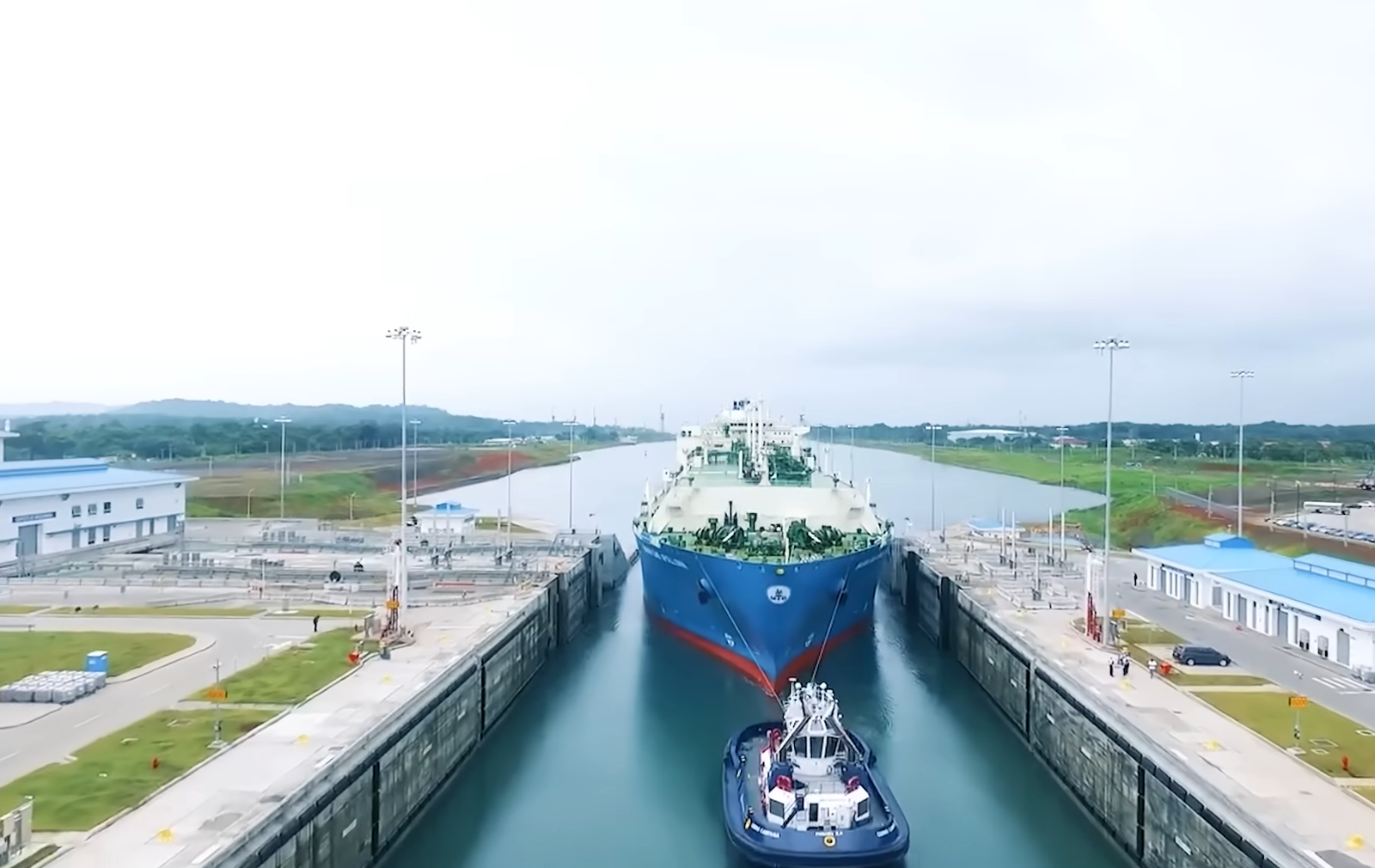The Panama Canal has long stood as an engineering marvel and vital artery for global maritime trade. However, this crucial waterway now faces an existential threat from an unexpected source – drought. A severe lack of rainfall has disrupted the Panama canal’s water management system, endangering its continued operations and sending shockwaves through international supply chains.
Panama Canal’s Water Balance
At the heart of the Panama Canal’s operations lies a delicate balance of water management. Each ship passing through the canal’s lock system requires a staggering 53 million gallons of fresh water to traverse the Continental Divide. This water is sourced from the artificial Gatun and Alhajuela Lakes, which rely solely on rainfall to maintain their levels.

Drought’s Devastating Impact
In 2023, Panama experienced historically low rainfall, depleting the vital water reservoirs that feed the canal. The effects have been catastrophic – the Panama Canal Authority (ACP) has been forced to implement stringent measures such as reducing the number of ships allowed to transit, limiting their drafts, and even suspending power generation at hydroelectric plants.
Consequences Rippling Globally
The impacts of these measures have reverberated across global supply chains. Ship transit times that once took hours now stretch into weeks due to backlogs. Cargo vessels are required to lighten their loads, directly affecting the volume of goods they can carry. This disruption serves as a stark reminder of how climate change can directly undermine critical infrastructure and impede the flow of international trade.
Innovative Solutions on the Horizon
Faced with this crisis, the ACP has implemented various water conservation strategies, including cross-filling lockages, tandem transits, and water-saving basins. However, these temporary measures may not be enough to address the long-term challenges posed by a changing climate and Panama Canal crisis.
Looking ahead, sustainable solutions must be explored, such as water recycling systems, infrastructure enhancements for more efficient water usage, and the construction of climate-resilient infrastructure. Alternative routes or methods that require less water could also be considered, though any changes must be carefully evaluated to avoid disrupting the canal’s vital services.
The Road to Resilience
While the Panama Canal’s current predicament is dire, Panama’s history of resilience offers hope. As a nation accustomed to overcoming adversity, strategies are already being formulated to tackle this recurring issue. Resolving the canal’s water woes will require a multifaceted approach, combining innovative engineering solutions with a commitment to sustainability and climate adaptation.
Read More:- Could a Russia-China Alliance Back Iran Against Israel
The Panama Canal’s legacy as a marvel of human ingenuity is now being tested in unprecedented ways. However, by addressing the underlying causes of water scarcity and implementing long-term solutions, this vital waterway can continue to facilitate global trade while serving as a testament to humanity’s ability to overcome even the most daunting challenges.
Explore Anime! Visit Pop Media Pulse
